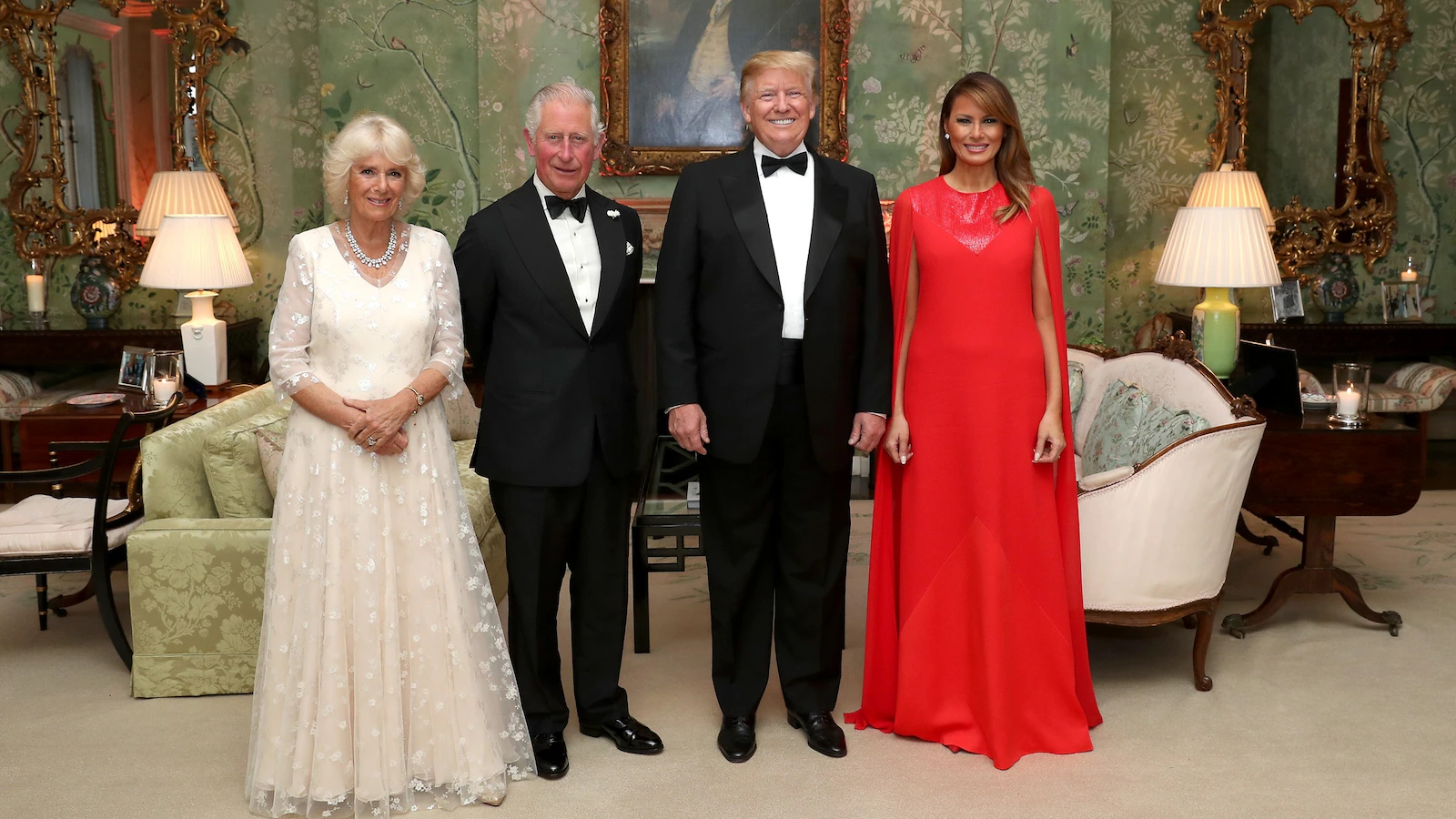
Journalists may feel like they’re on the chopping block. Automated writing tools, robo-reporters, and algorithmic newsfeeds all seem to be coming for their jobs. But from where I sit—as someone who’s led AI companies and now consults with executives across industries—their fear is misplaced. In fact, smart business leaders should be recruiting journalists right now.
AI isn’t simply a technological leap. It’s a cognitive shift. It rewards people who can interrogate, translate, and synthesize. And that happens to be what journalists have spent their careers mastering. Far from being left behind, they are poised to be some of the most effective AI users.
JOURNALISTS GET BETTER AI RESULTS
The best AI users aren’t the ones who simply accept what the system produces. They’re the ones who know how to push it—how to spot when an answer is too easy, how to ask a sharper follow-up question, how to cross-check, and extract the real value.
For journalists it’s second nature to:
Subscribe to the Daily newsletter.Fast Company’s trending stories delivered to you every day
Privacy Policy
|
Fast Company Newsletters
Question assumptions. Journalists don’t settle for the first answer; they probe until they reach something solid.
Separate signal from noise. Faced with floods of information, they know how to find what matters and leave the rest.
Use skepticism as a discipline. They verify, double-check, and test claims instead of accepting them at face value.
Leverage audience-first thinking. Journalists don’t gather facts for themselves—they shape them into insights that help others act.
These are exactly the habits that make generative AI not just usable, but transformative.
FROM NEWSROOMS TO NEURAL NETS
I learned this firsthand. I knew I wanted to be a journalist as early as third grade, when a television reporter visited my classroom on career day. She was the only woman there, and she was unforgettable. Years later, I joined ABC News right out of college and quickly found my home—not in front of the camera, but behind it as a producer.
Producing meant I could focus on what I loved most: Asking questions and shaping stories, without the constant scrutiny of being on air. In one week, I might cover a terrorist attack, interview the president, and then pivot to reporting on elephant training, the Kentucky Derby, or trash recycling. The range was staggering, but the throughline was the same: Absorb unfamiliar material quickly, ask the right questions, and make sense of chaos under a deadline.
That versatility is precisely what AI work requires today. Large language models can feel like interviewing a slippery source—they ramble, contradict themselves, or spin off into nonsense. Journalists know how to guide the conversation back, clarify what’s unclear, and test the response against independent knowledge.
My career eventually expanded beyond journalism. I founded companies at the forefront of AI in media, and today I consult across industries—from entertainment to biotech to help leaders identify and support AI integration. But I still approach every project like a journalist: I start curious, ask better questions, and translate complexity into clarity.
WHAT BUSINESS LEADERS SHOULD SEE
The executives I work with are often searching for technical experts to lead their AI efforts. That makes sense, but it misses something important. Success with AI isn’t just about technical horsepower; it’s about cognitive agility. The leaders who get the most from gen AI are the ones who surround themselves with people who can interrogate the system, not just operate it.
advertisement
That’s why journalists are so valuable. They are natural interviewers of AI—persistent, skeptical, and unwilling to be distracted by shiny but irrelevant details. They know how to navigate contradictions, frame better questions, and translate information into decisions that matter.
My recommendation is simple: Bring journalists into the rooms where AI is being built and used, whether that means shaping products, pressure-testing insights, or communicating clearly with clients.
THE FULL CIRCLE MOMENT
For me, this realization feels like coming full circle. Journalism taught me how to question, test, and translate. AI strategy demands the same mindset. The tools are different, but the work is astonishingly familiar.
And I know I’m not alone in seeing it. When I shared this perspective with a senior leader at a global investment firm, he cut right to the point and said, “My next hire will be a journalist.” He understood what more executives need to: In the age of AI, it’s the journalists who are best equipped to ask the questions that unlock real value.
Monica Landers is the founder and CEO of StoryFit.



